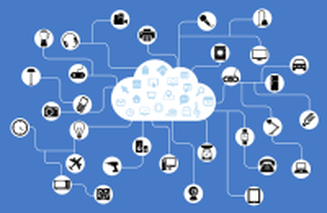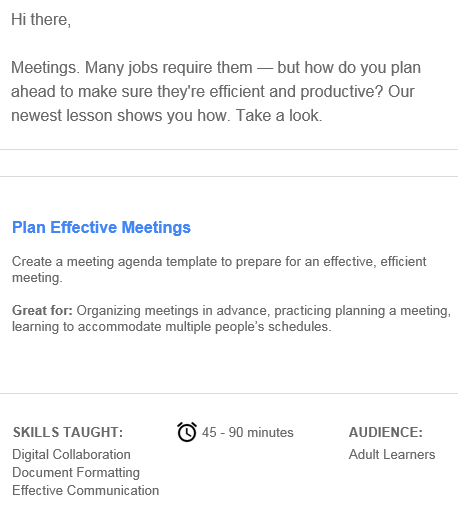|
This blog has moved - please visit https://www.nfls.lib.wi.us/blog/category/technology for the latest Technology tips, trends, and training for NFLS librarians.
Technology continues to integrate into our personal and work lives on a daily basis. And as this happens, institutes like Stanford University's Center on Philanthropy and Civil Society (PACS) are leading individuals and communities in conversations related to digital engagement. The Digital Civil Society Lab within PACS is specifically investigating "the challenges and opportunities for civil society to thrive in the digital age." Recently, the lab initiated a series of talks, guided by input from Stanford undergraduates. These events delve deeply into how technology can simultaneously help and harm civically motivated initiatives to increase mobilization and representation. Two TechSoupers went to a recent lab event titled "The Active Citizen in the Digital Age: Mobilization and Representation." Let's look at some key takeaways from their experience. The Persisting Success of Human InteractionDigital Civil Society Lab executive director Lucy Bernholz opened the talk by sharing her own background. Her mother was an elected official and on the state board for the professionalization of teachers. Her father was on the state mental health board. Her parent's district (CA-District 10, which encompasses an area in the northern end of the Central Valley) was home to a hotly contested congressional race in 2018. By the time of election day, every door in the district was knocked on — twice — and a Democrat newcomer and venture capitalist won out over the four-term incumbent Republican. This story underscores a motif throughout the talk: Even in this age of digital connectivity, person-to-person interactions and proactive engagement continue to play a huge role in the mobilization of an idea. Throughout the talk, Lucy and the panelists continued to highlight how technology may help, but it certainly cannot replace the value of human-to-human interactions. Lucy facilitated questions between the three panelists to explore technology's impact on digital engagement in terms of infrastructure, information, and action. The three speakers each represented one of those areas. Click here to continue reading about the different areas the speakers covered...  The shopping season is underway! The ACLU's article "The Privacy Threat From Always-On Microphones Like the Amazon Echo" about the privacy implications of “always-on” recording devices came across my path yesterday, and it got me thinking and looking for a good video or two that would highlight some of the current concerns about "smart," internet-connected devices. I found these two, which I think are definitely worth a view. (9 min) "What your smart devices know (and share) about you"- Once your smart devices can talk to you, who else are they talking to? Kashmir Hill and Surya Mattu wanted to find out -- so they outfitted Hill's apartment with 18 different internet-connected devices and built a special router to track how often they contacted their servers and see what they were reporting back. The results were surprising -- and more than a little bit creepy. Learn more about what the data from your smart devices reveals about your sleep schedule, TV binges and even your tooth-brushing habits -- and how tech companies could use it to target and profile you. (This talk contains mature language.) (17 min) "Internet of Things Security" - Ken Munro shows us how insecure Internet of Things products are and how easy it is to hack them. The big question is: how can we use these products in a safe way? The takeaway for me from the videos was not that IoT devices = BAD, but that users of these devices should be aware of the privacy and security implications. If you are considering purchasing devices that connect to the internet (and there are a lot of them these days!), make sure you know what you're getting into and weigh the potential loss of privacy (and security risks) with the benefit these devices will bring to your home. And if you opt for smart devices, here are some of the security recommendations from the second video:
I'm still looking for some good articles about IoT devices and their uses in libraries. So far I've found a couple that talk about the potential (people counting, program attendance, etc), but none that really weigh in on what patron privacy concerns there may be. (If you have any recommendations, please let me know!) What internet-connected smart devices have you added to your home? Your library? What do you love or hate about them? (Original post) |
AuthorJohn's collection of tech tips, trends, and training for NFLS librarians Click to set custom HTML
Archives
December 2018
|
|


 RSS Feed
RSS Feed
